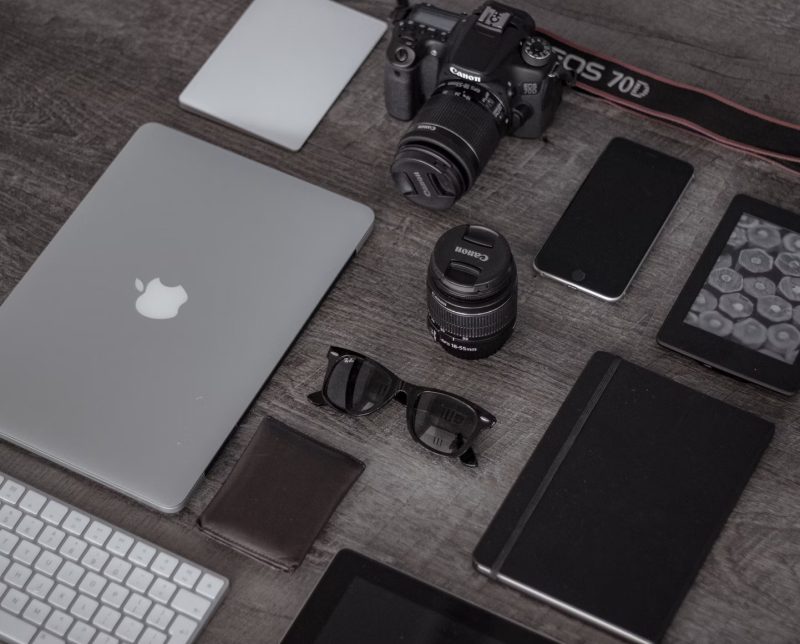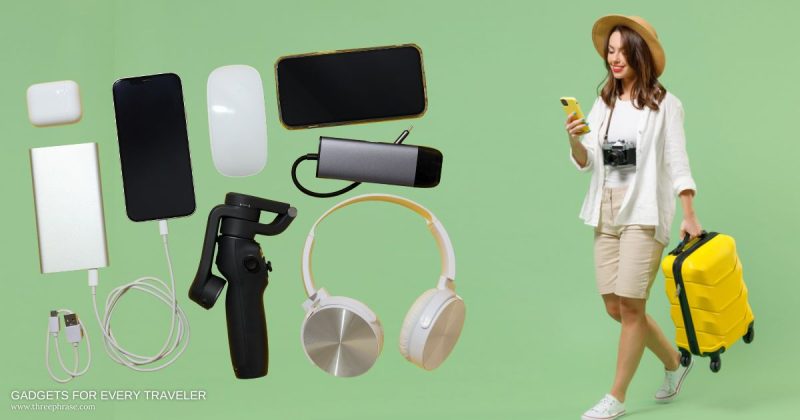The Ultimate Guide to Choosing the Best Digital Pen in 2024
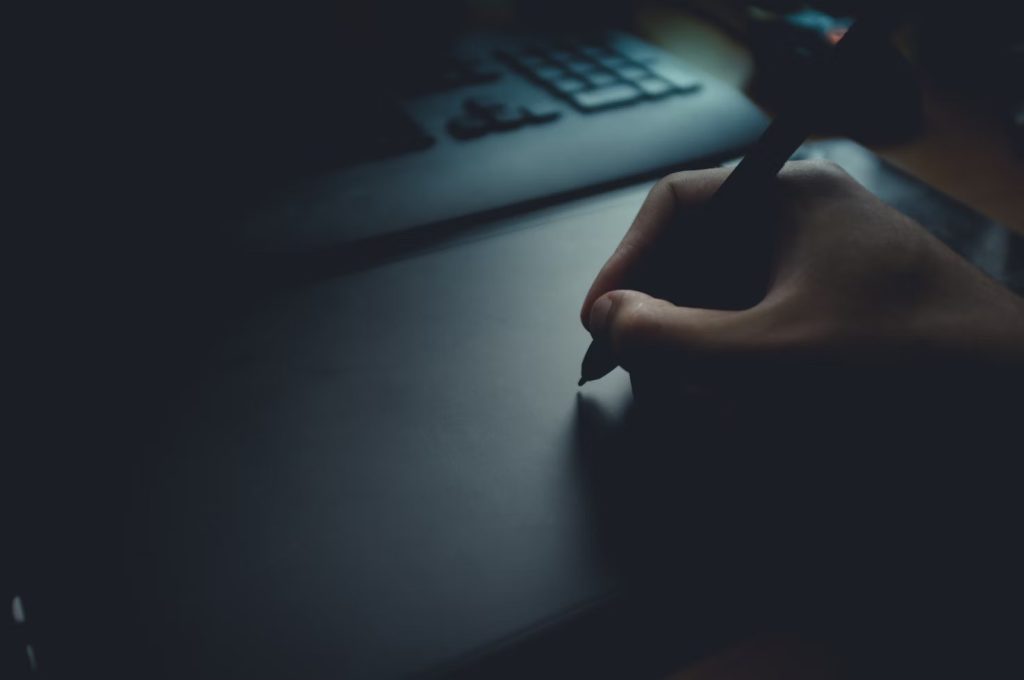
The digital pen landscape in 2024 has transformed, becoming a must-have tool for more than just artists and students. These high-tech accessories are now essential for professionals, creatives, and anyone looking to boost productivity. Whether you’re a designer sketching detailed illustrations, a student taking notes, or a tech lover exploring the latest gadgets, the right digital pen can revolutionize your workflow.
Choosing the best digital pen requires more than just picking any stylus. It would help if you considered your device compatibility, pressure sensitivity, and battery life. In this guide, we’ll explore everything you need to know to choose the ideal digital pen and elevate your digital experience.
Understanding Digital Pens
So, what exactly are digital pens, and how are they different from regular styluses? It’s a question many people ask, especially with the wide range of options available today.
First, digital pens are sophisticated input devices with tablets, smartphones, or computers. Unlike simple styluses, which often only mimic a finger’s touch, digital pens offer advanced features like pressure sensitivity, tilt recognition, and even shortcut button functionality. In many ways, digital pens bridge the gap between traditional writing or drawing tools and the digital world, providing a more natural and intuitive experience.
Let’s break it down even further:
-
Capacitive Pens
The most basic type of digital pen. These work by mimicking the conductivity of a human finger. It is compatible with most touchscreen devices but doesn’t offer advanced features like pressure sensitivity or tilt recognition. If all you need is basic tapping and scrolling, a capacitive pen might suffice, but if you’re an artist or a student, you’ll probably want something more advanced.
-
Bluetooth Pens
These are where things get interesting. Bluetooth pens connect wirelessly to your device, offering a range of intelligent features. Think pressure sensitivity, palm rejection (so your hand doesn’t leave accidental marks), and tilt recognition for a more authentic drawing or writing experience. Some Bluetooth pens even have programmable buttons for shortcuts, making your work even more efficient.
-
EMR (Electromagnetic Resonance) Pens
Now we’re talking pro-level. These pens don’t require batteries because the device’s electromagnetic field powers them. You’ll find them in high-end devices like Wacom tablets. EMR pens offer incredible accuracy, making them the go-to choice for professional artists and designers who need pixel-perfect precision.
Digital Pens vs. Stylus Pens
To clarify, while all digital pens are styluses, not all styluses are digital pens. There’s a significant difference between these categories regarding functionality, performance, and overall capabilities.
-
Stylus Pens
A stylus pen is an essential tool for interacting with touchscreens. These devices lack the advanced features like pressure sensitivity and tilt recognition that digital pens boast. A stylus might be enough if your primary activity is scrolling, selecting apps, or lightly sketching. It mimics the action of your finger but provides a more precise touch, which can be helpful for simple navigation or rough doodling.
However, the stylus can feel slightly limiting if you seek more detailed control for tasks like drawing, note-taking, or design work. It won’t differentiate between how hard or soft you press on the screen, which is a critical feature for digital artists and designers who rely on line weight, shading, and other fine details.
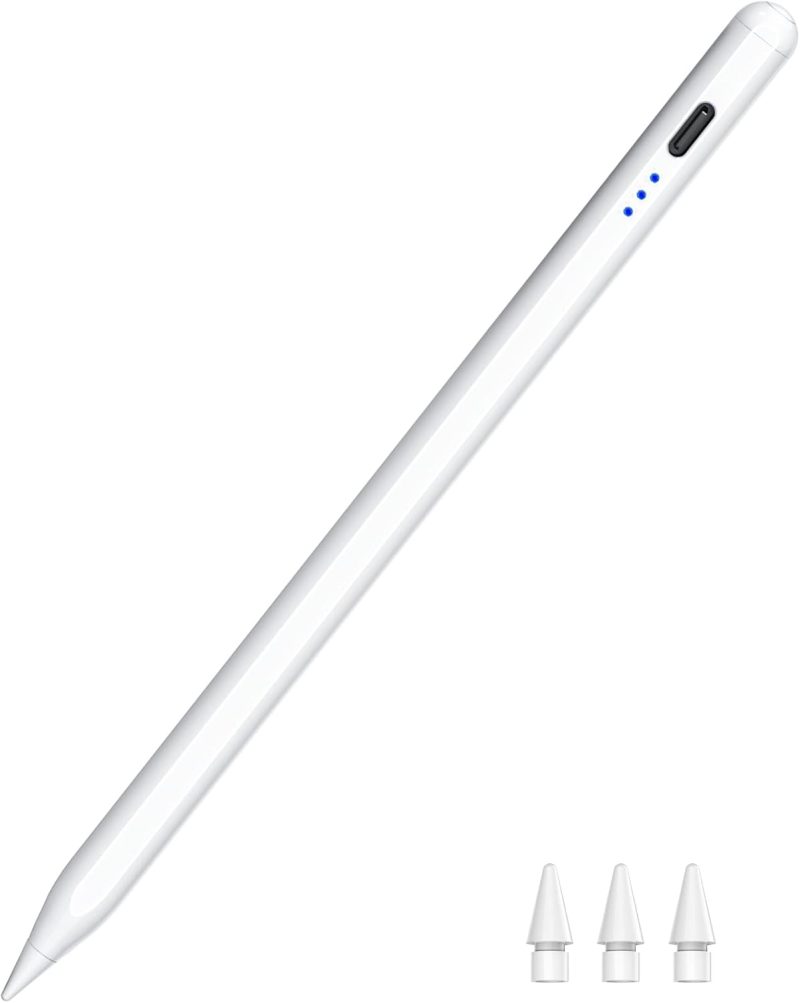
-
Digital Pens
Now, this is where the magic happens. A digital pen does more than mimic your finger—it offers many features to enhance your interaction with the device. Pressure sensitivity is a key feature, with some pens offering over 4,000 levels. This allows you to vary line thickness, shading, and detail based on how firmly you press against the screen.
Tilt recognition is another game-changer for digital artists, allowing you to adjust the angle of the pen to simulate traditional brush strokes or shading techniques. Buttons on the pen offer extra functionality, like quick access to the eraser or switching between tools, which can speed up your workflow. A digital pen is indispensable for professionals, students, or anyone needing advanced functionality beyond simple touch.
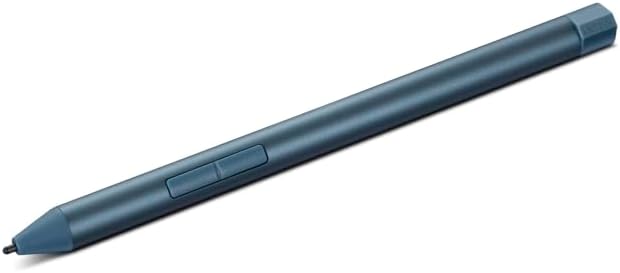
In short, stylus pens are suitable for fundamental screen interactions, but digital pens are necessary when precision, nuance, and added features are required.
Choosing the Best Digital Pen for Your Needs
When choosing the best digital pen, you must tailor your decision to your specific use case. Different professions, hobbies, and even day-to-day tasks benefit from various digital pen features. Here are the key factors to consider:
1. Your Use Case
What will you primarily use the digital pen for? Your intended purpose will heavily influence the features that matter most to you. For example:
-
Artists and Designers
If you’re an artist or designer, pressure sensitivity and tilt recognition will be at the top of your priority list. These features allow you to control the thickness and flow of your lines and mimic traditional drawing tools like brushes and pencils. If your artwork involves detailed shading or varying line weights, you’ll want a pen with high-pressure sensitivity (2048 levels or higher) and tilt functionality. The Apple Pencil or Wacom’s Pro Pen are excellent choices, known for their precision and sensitivity.
-
Students
If you’re a student, you might care more about palm rejection and battery life. Resting your hand on the screen without worrying about errant marks is essential for fast note-taking. Long battery life is also critical for long study sessions or back-to-back classes. Look for pens that are ergonomically designed for comfort, like the Logitech Crayon or JamJake Palm Rejection Stylus.
-
Professionals
If you’re in business or frequently attend meetings, you’ll want something versatile to handle a mix of tasks, such as signing documents, marking up presentations, or annotating PDFs. Pens with programmable buttons and shortcut features can save you time. The Samsung S Pen is an excellent choice for professionals, offering air commands and shortcuts that streamline your workflow.
2. Device Compatibility
This thing is a huge consideration, and it’s easy to overlook. Not all digital pens are compatible with all devices, so you must ensure the pen you’re eyeing works with your tablet, smartphone, or laptop. Here’s a look at some popular devices:
-
iPads
The Apple Pencil is your best bet. It’s designed specifically for iPads and offers seamless functionality. Other pens may work with iPads, but they won’t provide the same level of integration.
-
Samsung Devices
The Samsung S Pen is perfect for Galaxy tablets and smartphones. It integrates perfectly with Samsung’s ecosystem, and the newer models offer advanced features like air gestures, which allow you to control your device from a distance.
-
Wacom Devices
Wacom’s range of digital pens, mainly the Pro Pen 2, is designed for their high-end graphics tablets. These pens offer exceptional precision, making them a top choice for professional artists and designers.
3. Budget
Your budget will largely determine which features you can get. For instance, the Apple Pencil is considered one of the best digital pens on the market but comes with a premium price tag. Consider alternatives like the Adonit Note+ or Logitech Crayon if you want something more affordable. These pens still offer solid performance but at a fraction of the cost.
4. Comfort and Ergonomics
It might not seem like a big deal initially, but comfort is crucial, especially if you’ll be using the pen for long periods. Pay attention to the weight and grip of the pen. Pens with a rubberized or ergonomic grip are more accessible for extended use. Look for pens with balanced weight distribution so your hand doesn’t fatigue during long sessions.
5. Battery Life and Charging Options
Some pens, like EMR (Electromagnetic Resonance) pens, don’t require batteries or charging since the electromagnetic field of the tablet itself powers them. These pens are fantastic for convenience—pick them up and go! However, Bluetooth pens need regular charging. A pen with long battery life and easy charging options (like USB-C or magnetic) is crucial if you’re constantly moving. The Apple Pencil 2nd Gen attaches magnetically to the iPad for easy charging, making it a top choice for frequent users.
Special Features and Extras
-
Programmable Buttons
Programmable buttons on digital pens allow you to assign shortcuts like undo, tool switching, or erasing, making them ideal for artists and designers. These shortcuts streamline workflows by reducing the need to navigate through menus, especially when using complex software like Adobe Photoshop or Procreate. Whether sketching or reviewing documents, programmable buttons can save time and improve efficiency, especially for professionals who need quick access to specific functions.
-
Bluetooth Connectivity
Bluetooth-enabled pens offer more than just writing—they allow screen annotations, document signing, and even remote control over your device. For instance, the Apple Pencil uses Bluetooth for precise edits, while the Samsung S Pen supports air gestures to control device functions without touching the screen. This feature benefits professionals who juggle multiple devices or need remote functionality during presentations.
-
Customer Reviews and Testing
Before purchasing, check customer reviews for insights into real-world performance, such as battery life, precision, and durability. Reviews can reveal details about comfort and responsiveness that specs may not cover. Test the pen in-store or borrow one whenever possible to assess how it feels in your hand, how responsive it is on your device, and whether it meets your practical needs.
Conclusion
Choosing the best digital pen in 2024 depends on your unique needs, from budget to device compatibility and the features that matter most to you. Whether you’re an artist, student, or professional, there’s a perfect pen out there that will elevate your work and creativity. Consider how often you’ll use the pen, the software or apps you pair it with, and any specific features that can enhance your productivity. A well-chosen digital pen can transform how you interact with technology, making tasks more efficient and enjoyable. Consider your priorities, research, and make an informed decision to get the most out of your digital experience.
